Video
Jurassic apartments in Calapandayan, Subic town in Zambales in the Philippines.
5 notes
·
View notes
Photo

The Philippines could soon welcome back US troops to Subic Bay sea-facing port that Washington relinquished control of over 30 years ago
The proposed return of US forces to a vast former military base in the Philippines after a three-decade-long absence looks set to heighten superpower rivalry in the South China Sea, as it weighs on Manila-Beijing relations.
Subic Bay was once home to the United States’ largest naval base in Asia – almost the same size as the whole of Singapore – but disagreements over leasing costs in the post-Cold War era led to the withdrawal of American troops from the facility in 1992.
That could all be about to change, however, after reports emerged late last month that the site is likely being considered as a new location under the US-Philippines Enhanced Defence Cooperation Agreement (EDCA), which allows the US to build and operate facilities on Philippine military bases and rotate in troops for prolonged stays.
First signed in 2014, the EDCA was laid aside after former President Rodrigo Duterte took office in 2016 as he looked to forge closer ties with China.
But the pact has now been revived under his successor Ferdinand Marcos Jnr, whose defence department put out a statement last month saying the Philippines was working with the US to speed up EDCA projects at existing sites, and “exploring new locations that will build a more credible mutual defence posture”.
Existing EDCA locations include Cesar Basa Air Base, about 55km (34 miles) inland from Subic Bay; Fort Ramon Magsaysay in central Luzon – the Philippines’ largest military base; and Lumbia Airport Base Station on the southern island of Mindanao.
Subic Bay is rumoured to be among the five additional EDCA sites that Philippine military chief Lieutenant General Bartolome Vicente Bacarro told local media last month the US had expressed an interest in, shortly before US Vice-President Kamala Harris’ visit to the country.
These additional sites could be confirmed as early as December or January, according to Collin Koh, a research fellow with the S. Rajaratnam School of International Studies in Singapore, who said “Manila is likely to expedite” the approval process amid heightened “threat perceptions in the South China Sea” – such as a recent flare-up over rocket debris that the Philippine military said was “forcefully” seized by the Chinese coastguard.
Koh said Marcos may hold off on confirming the new EDCA locations until after his planned state visit to Beijing next month, however, to avoid leaving “a bad taste” in Chinese officials’ mouths – adding that the expanded agreement was sure to be discussed during the president’s visit.
The return of US troops to Subic Bay “would come across as rather disconcerting to Beijing”, Koh said, as it would “allow the Americans to strengthen surveillance over key waterways close by, especially the highly strategic Bashi Channel” – part of the Luzon Strait that separates the Philippines’ northernmost islands from Taiwan.
The proposed return of US forces to a vast former military base in the Philippines after a three-decade-long absence looks set to heighten superpower rivalry in the South China Sea, as it weighs on Manila-Beijing relations.
Subic Bay was once home to the United States’ largest naval base in Asia – almost the same size as the whole of Singapore – but disagreements over leasing costs in the post-Cold War era led to the withdrawal of American troops from the facility in 1992.
That could all be about to change, however, after reports emerged late last month that the site is likely being considered as a new location under the US-Philippines Enhanced Defence Cooperation Agreement (EDCA), which allows the US to build and operate facilities on Philippine military bases and rotate in troops for prolonged stays.
First signed in 2014, the EDCA was laid aside after former President Rodrigo Duterte took office in 2016 as he looked to forge closer ties with China.
But the pact has now been revived under his successor Ferdinand Marcos Jnr, whose defence department put out a statement last month saying the Philippines was working with the US to speed up EDCA projects at existing sites, and “exploring new locations that will build a more credible mutual defence posture”.
Existing EDCA locations include Cesar Basa Air Base, about 55km (34 miles) inland from Subic Bay; Fort Ramon Magsaysay in central Luzon – the Philippines’ largest military base; and Lumbia Airport Base Station on the southern island of Mindanao.
Subic Bay is rumoured to be among the five additional EDCA sites that Philippine military chief Lieutenant General Bartolome Vicente Bacarro told local media last month the US had expressed an interest in, shortly before US Vice-President Kamala Harris’ visit to the country.
These additional sites could be confirmed as early as December or January, according to Collin Koh, a research fellow with the S. Rajaratnam School of International Studies in Singapore, who said “Manila is likely to expedite” the approval process amid heightened “threat perceptions in the South China Sea” – such as a recent flare-up over rocket debris that the Philippine military said was “forcefully” seized by the Chinese coastguard.
Koh said Marcos may hold off on confirming the new EDCA locations until after his planned state visit to Beijing next month, however, to avoid leaving “a bad taste” in Chinese officials’ mouths – adding that the expanded agreement was sure to be discussed during the president’s visit.
The return of US troops to Subic Bay “would come across as rather disconcerting to Beijing”, Koh said, as it would “allow the Americans to strengthen surveillance over key waterways close by, especially the highly strategic Bashi Channel” – part of the Luzon Strait that separates the Philippines’ northernmost islands from Taiwan.
He said it would also enable the US to expand its military presence in the region and take part in more joint drills such as the annual Balikatan exercises, which have involved troops from Australia as well as other regional observer forces in the past.
Locking Manila into ‘the US system of alliances’
Both Australia and the US already have a Visiting Forces Agreement with the Philippines, which allows their soldiers to conduct operations on Philippine soil.
Fellow US ally Japan is now also reportedly eyeing such a pact, according to Aries Arugay, a visiting fellow at the ISEAS-Yusof Ishak Institute in Singapore, who said “this will be huge and a big deal as it will really lock the Philippines into the US system of alliances.”
Japan and the Philippines already have close defence ties, with Tokyo vowing in 2013 to help Manila defend its “remote islands” in the South China Sea, and sending a small contingent of unarmed troops and armoured vehicles to play a “humanitarian support role” in joint US-Philippines drills in 2018.
Meanwhile, Arugay said other members of the Association of Southeast Asian Nations would largely welcome an increased US presence in the Philippines as he said “their beef against the US” under former President Donald Trump had been that it was “more absent than present in the region”.
“Asean members have been longing for more US involvement in the region and this is why a lot of them have pivoted to China because they thought the US was unreliable and undependable,” he said.
Given Subic Bay’s size and favourable geography, a US return to the former naval base “makes sense”, Arugay said.
Gregory Poling, senior fellow at the Centre for Strategic and International Studies think tank in Washington, agreed – though he also noted that any possible EDCA site at Subic Bay would not resemble the old US base “in scale or function”.
“It would be under complete Philippine control,” he said, adding that Manila would have to approve in advance any joint exercises and the rotation of US forces.
That being said, the expansion of the EDCA “highlights just how much China’s continued coercion has driven the Philippines to seek closer military cooperation with the US,” Poling said.
1 note
·
View note
Photo
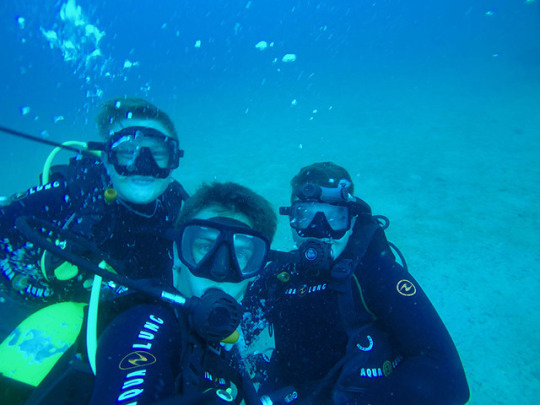
Diving in Subic Bay in the Philippines
#subic diving arizona#subic diving camayan#subic bay diving johans#subic bay diving season#subic bay dive sites#subic bay diving reviews#subic bay dive resorts#subic bay diving course#subic bay wreck diving#subic bay tech diving#subic bay#olongapo#philippines
1 note
·
View note
Photo
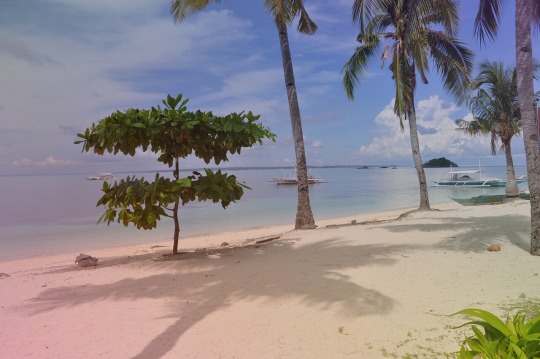
Barrio Barretto in Olongapo Zambales
3 notes
·
View notes
Photo

The ToyBits FudHaus restaurant in Palanginan Iba Zamabales, crocodile sisig, crocodile tapa, crocodile rice, crocodile pasta, crocodile silog and ice cold beers.
1 note
·
View note
Photo
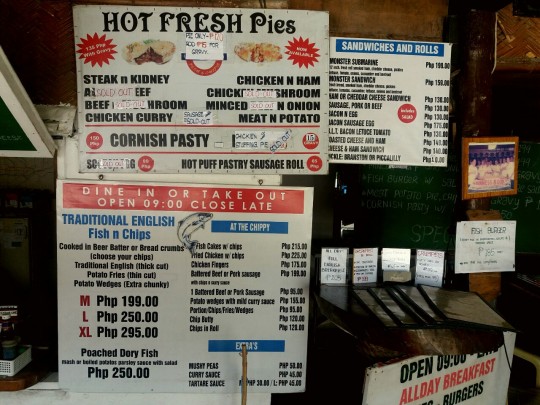
Meduim, large and extra large fish and chips and mushy peas, Australian meat pies and full English/British breakfast with bacon, sausage, baked beans and black pudding. The best in Subic Bay and Olongapo in the Philippines.
#british pies philippines#aussie pies philippines#australia products in philippines#olongapo specialty food#western food olongapo#fish and chips subic#british food philippines#black pudding philippines
1 note
·
View note
Photo

Midnight Rambler Barrio Barretto Subic Bay Philippines.
Midnight Rambler bar and restaurant in Barrio Barretto in Subic Bay serves fish and chips, full English breakfasts, Aussie pies and cornish pasties.
0 notes
Photo
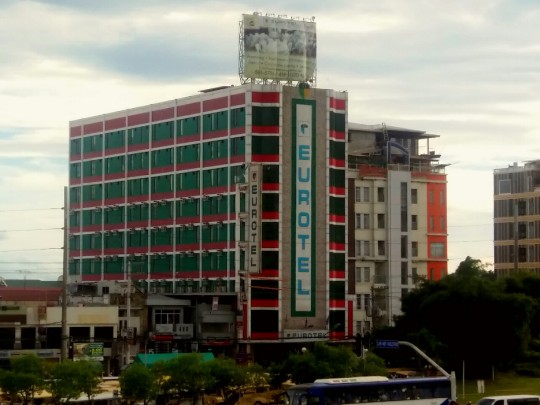
The Eurotel hotel on Don Juicio avenue in Angeles City in Pampanga Philippines.
0 notes
Photo
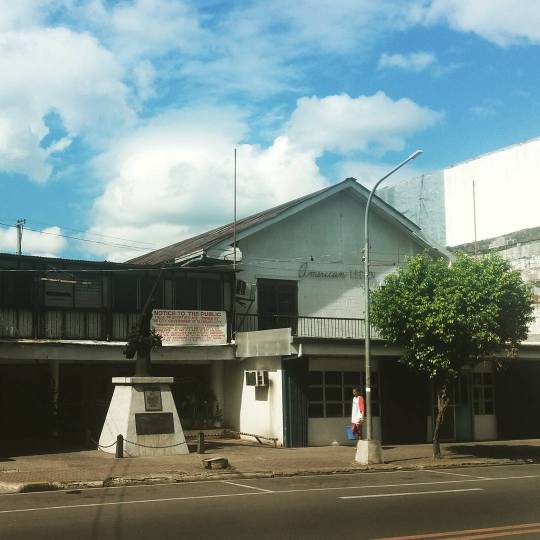
The American Legion Post 4 on Magsaysay avenue in Olongapo city in the Philippines.
3 notes
·
View notes
Photo

The Harley’s Pub & Hotel in Baloy beach in Subic Bay in the Philippines, the best place to watch the English Premier League football in Barrio Barretto. Swedish owner, British manager.
2 notes
·
View notes
Photo
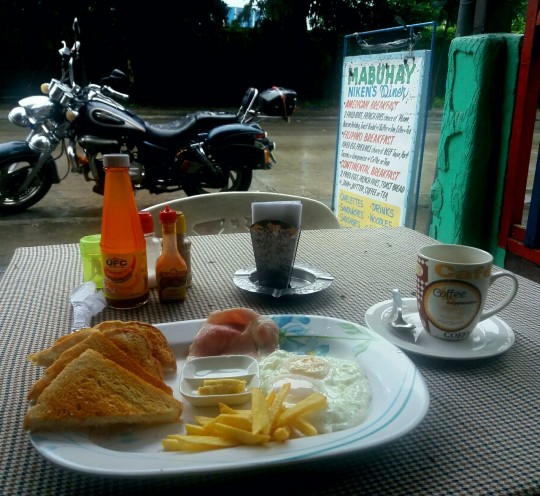
American/English breakfast at Mabuhay Niken’s Diner restaurant on Don Jucio avenue in Angeles City in Pampanga. 100 pesos for bacon/ham, fried egg’s, french fries(chips), toast, butter, jam and tea/coffee.
#philippines#pampanga#balibago#best breakfast angeles city#full english breakfast philippines#british food philippines#restaurants in angeles pampanga#restaurants in angeles city philippines
0 notes
Photo

The Red Lion bar in Olongapo city in the Philippines.
0 notes
Photo
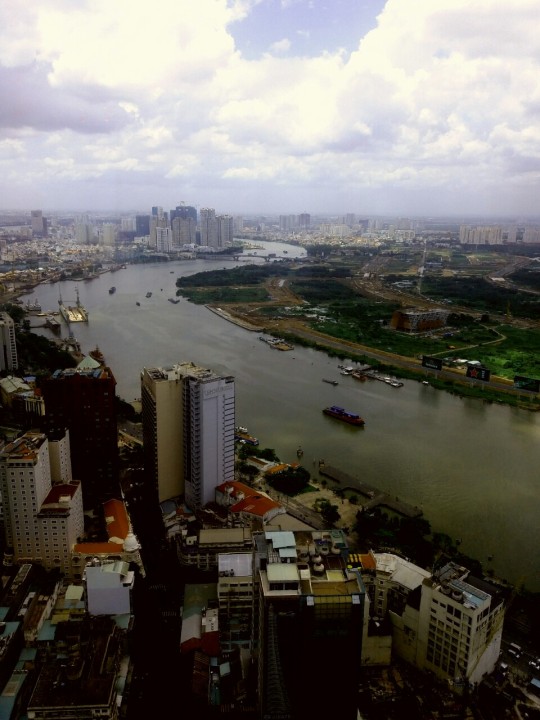
The view from the SkyDeck in the Bitexco Financial Tower in Ho Chi Minh city in Vietnam.
0 notes
Photo
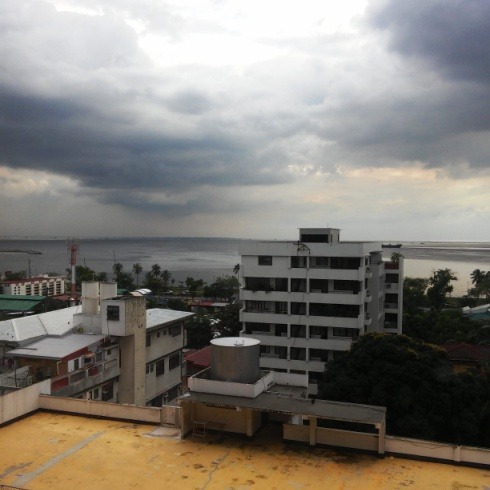
The view of Manila Bay from the 9th floor of Red Planet hotel, Mabini street, Ermita, in the Philippine
0 notes
Photo
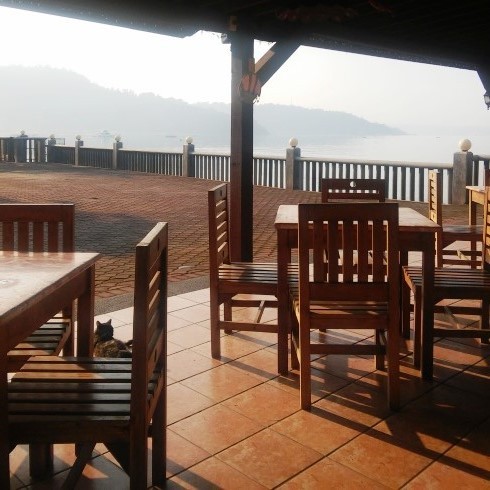
The restaurant at By The Sea resort, Barrio Barretto in Subic Bay Philippines.
0 notes